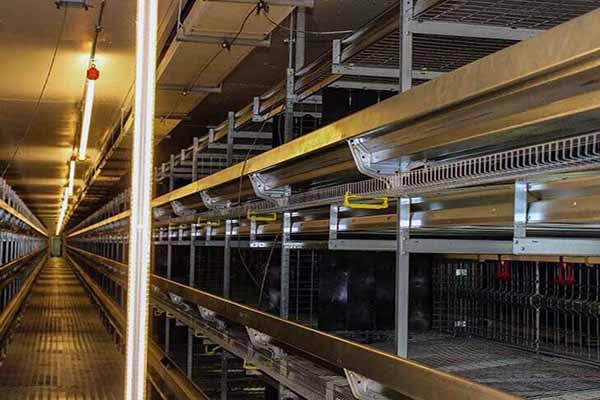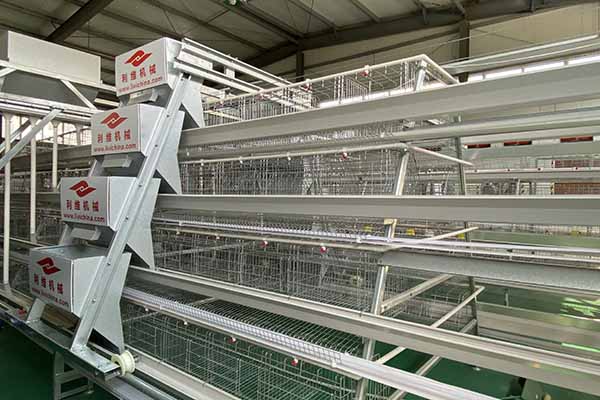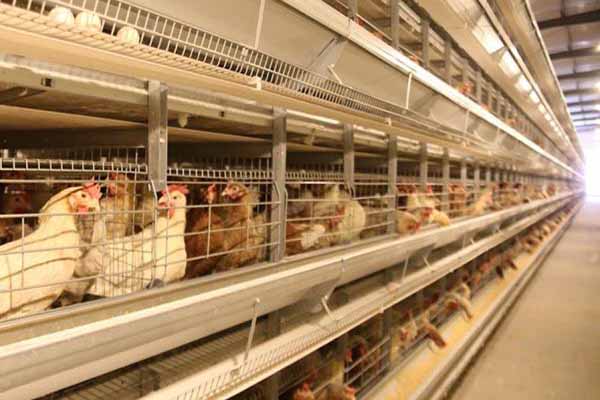Egg Laying Cage Setup for Kenya: A Comprehensive Guide
Setting up an efficient egg laying cage system is crucial for any poultry farmer or investor in Kenya looking to maximize profitability and productivity. This article provides a detailed guide on the setup process, including the types of cages, essential equipment, and key considerations for optimal egg production.
Types of Egg Laying Cages
There are various types of egg laying cages available in the market, each with its own advantages and disadvantages. Here are some of the most common types:
- Deep Litter Systems: Ideal for smaller farms, this system uses a layer of bedding material, such as wood shavings or sawdust, which helps to keep the hens comfortable and clean.
- Bird Nest Cages: These are designed to resemble natural nesting environments and are suitable for hens that require more privacy.
- Flat Battery Cages: The most popular type of cage system, offering high egg production and ease of management.
- Multi-tier Cages: Suitable for large-scale operations, these cages provide a high-density layout, optimizing space utilization.
Essential Equipment for Egg Laying Cages
To ensure a successful setup, the following equipment is essential:

- Cages: Select high-quality, durable cages that are appropriate for the type of hen you are raising.
- Feeding and Drinking Systems: Automated feeding and watering systems ensure that the hens receive proper nutrition and hydration.
- Nest Boxes: Provide privacy and comfort for the hens to lay their eggs.
- Environmental Control Equipment: Use fans, heaters, and misters to maintain optimal temperature and humidity levels in the cage house.
- Manure Removal System: Implement a regular manure removal schedule to keep the cage environment clea
 n and hygienic.
n and hygienic.
Key Considerations for Egg Laying Cage Setup
When setting up your egg laying cage system, consider the following factors:
- Space: Ensure there is enough space for the hens to move around comfortably without causing injuries.
- Airflow: Proper ventilation is crucial to maintain a healthy environment and prevent the buildup of ammonia and other harmful gases.
- Sanitation: Regular cleaning and disinfection of the cages are essential to prevent disease outbreaks.
- Lights: Provide sufficient lighting to simulate natural daylight and encourage consistent egg production.
- Management: Implement a systematic management plan to ensure the hens receive proper care and nutrition.
Data from a study conducted in Kenya shows that farms using advanced egg laying cage systems can achieve an egg production rate of up to 320 eggs per hen per year, compared to around 250 eggs in traditional systems.
using advanced egg laying cage systems can achieve an egg production rate of up to 320 eggs per hen per year, compared to around 250 eggs in traditional systems.
Conclusion
Implementing an efficient egg laying cage setup in Kenya is a smart investment for any poultry farmer or investor. By carefully selecting the right equipment, adhering to best practices, and maintaining a clean, comfortable environment, you can maximize your egg production and profitability.
For a free, customized egg laying cage design and equipment quote, contact us today. We at Livi Mechanical are dedicated to helping you achieve success in your poultry farming venture.

